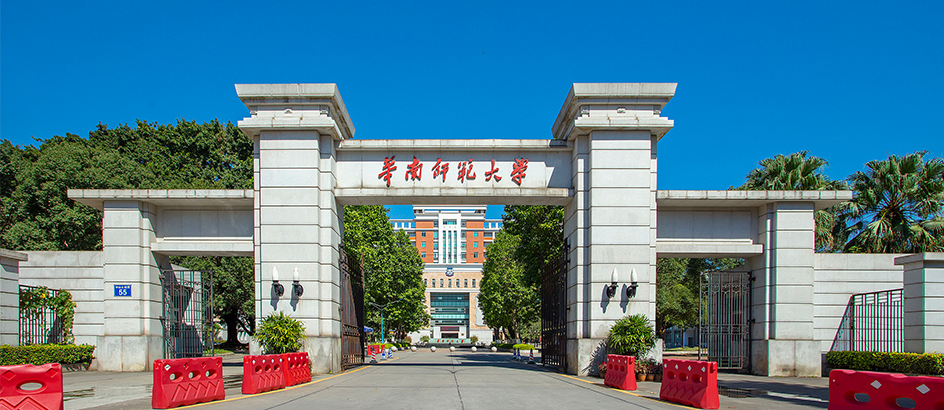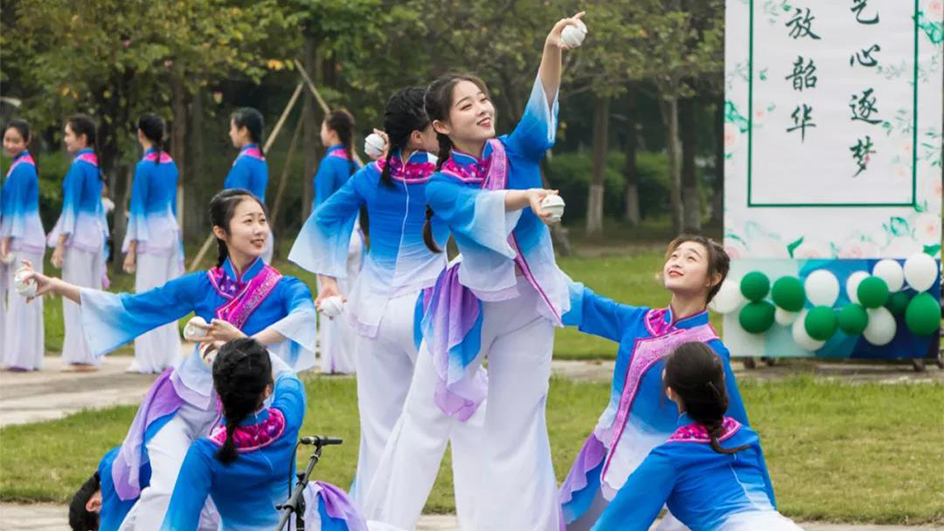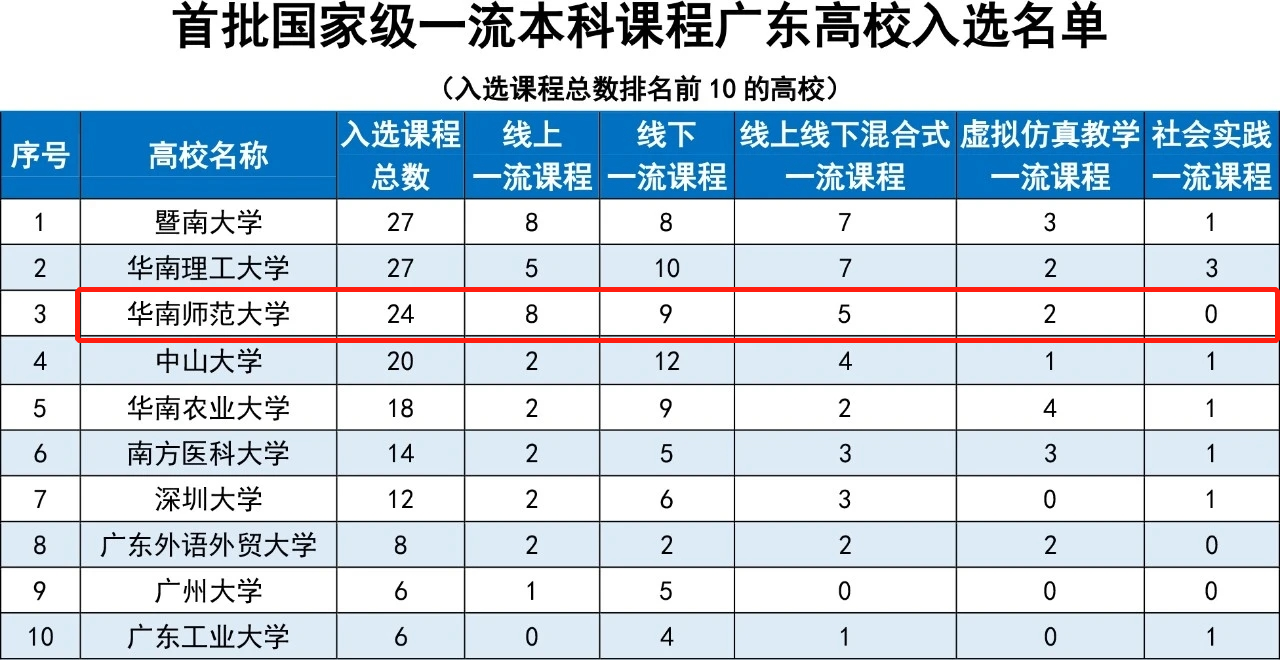
Likes
Twenty-four courses of SCNU are listed among the first batch of top-ranking national undergraduate courses, according to a notice released by the Ministry of Education.
Of these 24 national first-class courses, two virtual simulation teaching courses stood out as they introduce virtual simulation experimentation and new information technology into teaching to help students learn better. Virtual Reality (VR), Augmented Reality (AR), 3D modeling, animation, human-computer interaction as well as other advanced information technology are applied in the course, according to their introduction. The course has received favorable and positive responses from students.
Virtual simulation enables students to learn UAV photography beyond space limits
Zhang Xuebo, a teacher of the School of Information Technology in Education, teaches the course “Operation of Unmanned Aerial Vehicle (UAV) Aerial Photography.” The course aims to cultivate students' comprehensive talent in journalism and communication as well as their tool-using ability.
“It was like playing a video game when we practised how to control the UAV remotely," according to Luo Jiaxing, a student of the UAV aerial photography course. “This course has broadened my views on aerial photography. Inspired by it, I now love putting UAV shots in my daily videos, which adds more, new perspectives to filming," says Luo.
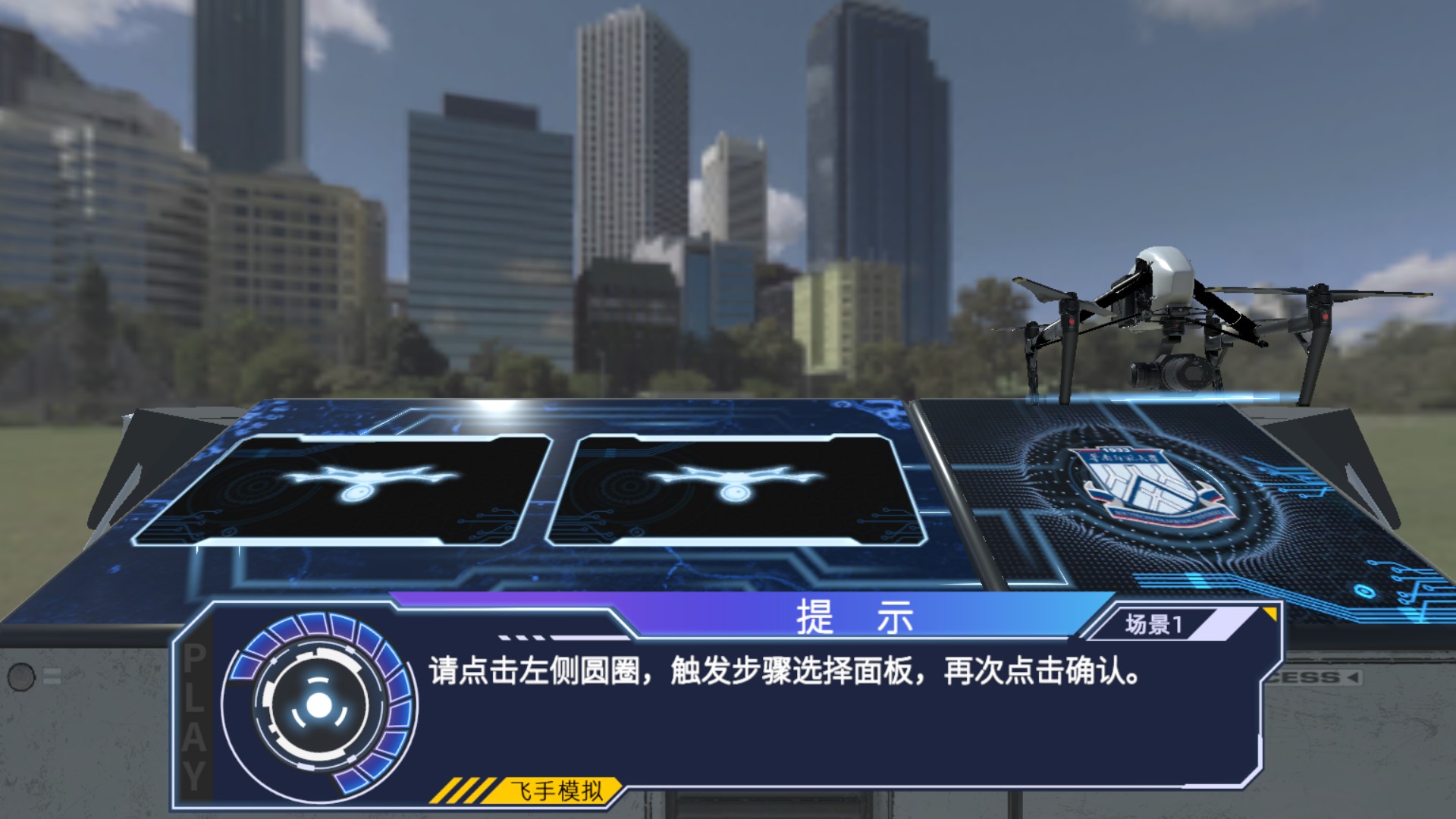
Virtual simulation control using UAV.
"The highlights of this course are that it is conducted fully on a platform designed by SCNU,” says He Lelin, another student on this course. “I was impressed by the aerial view of the Shipai campus when controlling the UAV for a photography assignment. The course made me realize the feasibility of the application of advanced technology in education. In the future, I expect more of these technologies to be applied to our courses, making them more attractive and creative.”
The UAV aerial photography course started with two skills that a professional aerial operator must have - UAV controlling and film photography. Through virtual simulation, students can learn without safety risks and beyond the limitation of scenes, time and space. Presently, the virtual simulation software is available for Android, iOS and PC. SCNU has applied for a national invention patent for the software.
3D Simulation provides students with authentic sense of first aid on the spot
The other course entitled “Screening and First Aid of Exercise-Induced Sudden Death” is developed by the School of Physical Education & Sports Science, aiming at teaching students about risk screening and first aid practically and solving the bottleneck problem in first-aid teaching due to the uncertainty of the occurrence of sudden death during exercise. So far, more than 23,000 people have viewed this course on line and 2,069 completed the project experiment, covering the sports majors at more than 20 universities in China.
“I was amazed by the authenticity and fidelity of the 3D technology applied in the defibrillator operating simulation,” says Lin Yuqi, who participated in the first-aid training for exercise-induced sudden death last term. “I really felt I had the power to save somebody through the operation, which gave me a sense of success and delight.”
Student Huang Hong also shows his approval: “I think an important advantage of the virtual simulation experimentation course was its 3D restoration of SCNU scenes and the role played by the students. The simulation was arranged in the storyline, which allowed the participants to learn health risk screening and first-aid knowledge bit by bit.” Besides the rendering of the scene of the accident, the course also simulates the conversation between athletes and participants, improving the students’ learning enthusiasm and efficiency.
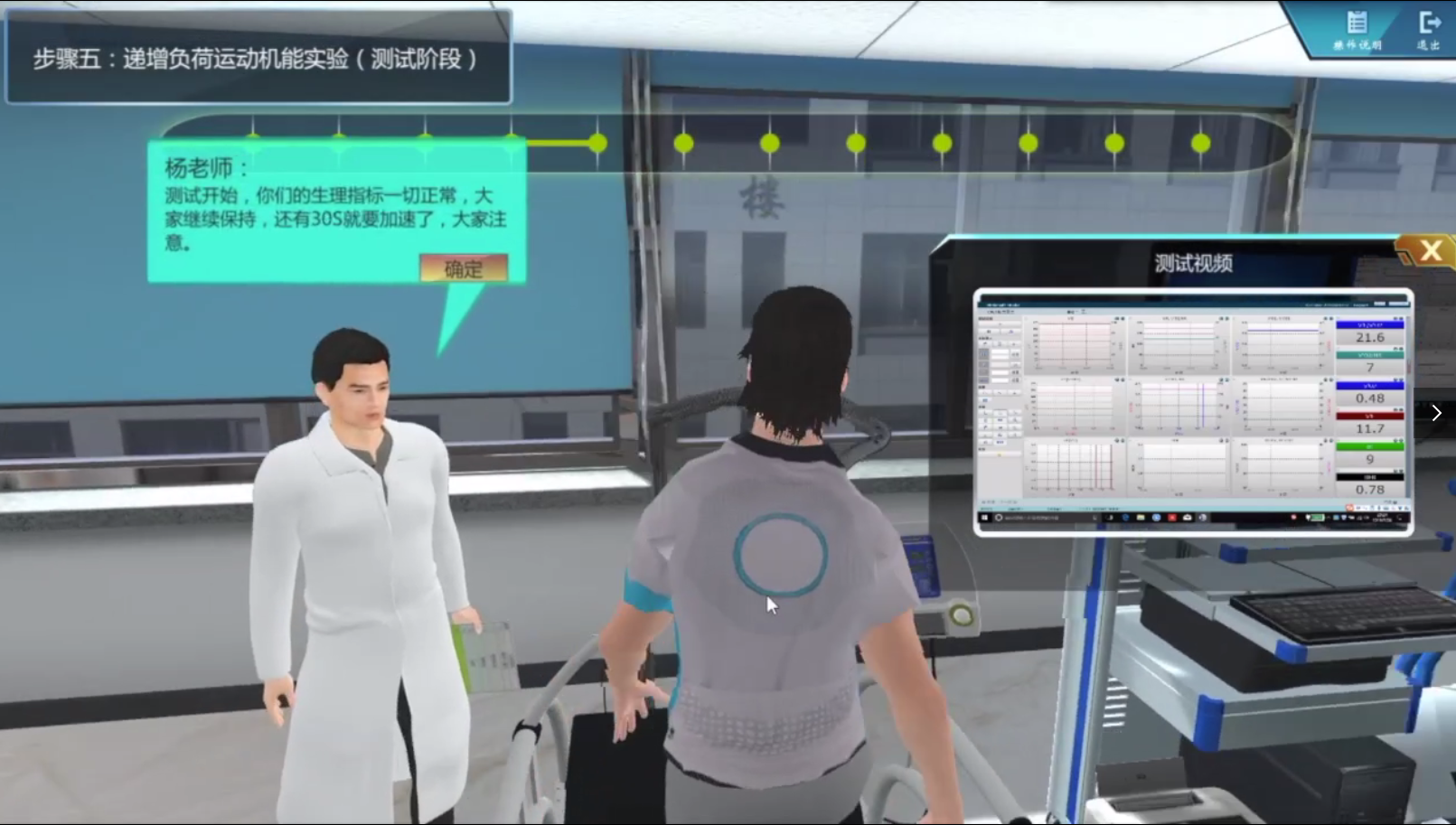
3D simulation experiment of the course
On top of the two courses, other 22 undergraduate courses of SCNU are also considered to be of national first-class standard in teaching. Together, they lay a solid foundation for the training of undergraduate talent at SCNU, sources with the school's official Wechat account said.
According to documents released by the Ministry of Education, between 2019 and 2021, about 10,000 national-level and provincial 10,000-level undergraduate courses have been established (referred to as the “Double Tenthousand Plan” for first-class undergraduate courses). The development of first-class undergraduate courses is a major measure to establish a new concept of course development and put teaching reform into practice.
Written by Lin Qi,Xu Wenting
Proofread by Edwin Baak
Edited by Li Jianru
What to read next:





